Boston Fern (single plant)
Original price was: ₹199.₹99Current price is: ₹99.
65 in stock
Description
Quantity- Single Plant,
 BOSTON FERN
Nephrolepis exaltata, known as the sword fern[1] or Boston fern, is a species of fern in the family Lomariopsidaceae (sometimes treated in the families Davalliaceae or Oleandraceae, or in its own family, Nephrolepidaceae). It is native to the Americas.This evergreen plant can reach as high as 40–90 centimetres (16–35 in), and in extreme cases up to 1.5 metres (4 ft 11 in). It is also known as the Boston swordfern, wild Boston fern, Boston Blue Bell Fern, tuber ladder fern, or fishbone fern.
The fronds of Nephrolepis exaltata are 50–250 centimetres (20–98 in) long and 6–15 centimetres (2.4–5.9 in) broad, with alternate pinnae (the small “leaflets” on either side of the midrib), each pinna being 2–8 centimetres (0.79–3.15 in) long. The pinnae are generally deltoid, as seen in the adjacent picture. The pinnate vein pattern is also visible on these highly compound leaves. The edges appear slightly serrate. The plant can grow both terrestrially and as an epiphyte, linear to lanceolate and glandular. The rachis bears monochrome sprout soups. The leaflets are entire, undestroyed and oblong-lanceolate up to 4.8 inches (120 mm) long and up to 0.9 inches (23 mm) wide. They stand at a distance of less than 1 centimetre (0.39 in). The sori are rounded. The spores are warty and wrinkled. Nephrolepis exaltata forms an underground rhizome that is slim and tuberous.
The fern is common in humid forests and swamps, especially in northern South America, Mexico, Central America, Florida, the West Indies, Polynesia and Africa. N. exaltata thrives in moist, shady locations and is found frequently in swamps and floodplains. It grows epiphytically on the Sabal palmetto.
Nephrolepis exaltata is a very popular house plant, often grown in hanging baskets or similar conditions. It is a perennial plant hardy in USDA plant hardiness zones 9-11. Although the fern may appear totally dead during periods of frost, it will re-emerge in the spring. In general, the Boston fern thrives in damp, but not soggy, soil that is rich in nutrients. Of the common cultivated ferns, the Boston fern is the most tolerant to drought. The fern is acclimated to humid conditions, so when grown as a house plant, it is necessary to mist the plant when relative humidity falls below around 80%. Although the plant prefers partial shade or full shade outdoors, it doesn’t grow in shade when indoors and responds best to bright filtered light. The plant is usually propagated by division of the rooted runners, as named cultivars will not produce true spores. It is safe for pets as it is known to be non-toxic.
What makes it special
- The species has erect fronds, while ‘Bostoniensis’ has gracefully arching fronds.Â
- The plants will also send out long, thin runners (stolons) which will root to form a new plant when they touch the ground.
 Small Boston ferns used as accents in a planting of annual foliage plants.
Plant specifications
| Plant height | 40-90 cm |
| Plant spread | Because they are runners they spread really well |
- Above specifications are indicative only may vary + or- 10%
| Common name | Boston fern |
| Scientific name | Nephrolepis exaltata |
| Maximum reachable height | 40-90cm |
| Native habitat | Americas, Africa, Polynesia |
| Type | Herbaceous perennial fern |
| Leaves | Soft leaves |
| Stem | Delicate stem |
Planting and care
Light
- Boston fern does best when grown in a location with bright, indirect light.Â
- Too much shade can result in sparse fronds that appear lackluster, and too much sun can burn the fronds.
Soil
- Ferns like organically rich, loamy soil with good drainage.Â
- Adding compost and peat to your outdoor garden before planting is typically recommended.
Water
- This usually requires weekly waterings for indoor plants and more frequent waterings for those grown outside in warm environments.
Temperature and Humidity
- Boston fern prefers temperatures between 65 and 75 F.Â
- They can’t tolerate extreme hot or extreme cold. Temperatures above 95 F can harm the plant, as can near-freezing temperatures below 35 F.Â
Fertilizer
- Â ferns should be fed once a month during the spring and summer using a 20-10-20 liquid houseplant fertilizer at half strength.
Boston ferns are the perfect porch plant, as they thrive in lots of indirect light. Morning sun is ideal, as full afternoon sun can burn the fronds. In humid, subtropical areas of Florida (zones 10 to 12), Boston ferns make an attractive mid-height groundcover in areas with dappled shade. They like consistently moist but well-drainSunlighted soils. Boston ferns grown indoors should be placed near a window, but not in direct sunlight.
Key requirements to keep the plant healthy
| Sunlight | bright, indirect light. |
| Watering | Weekly watering |
| Soil | Organically rich loamy soil |
| Temperature | prefers temperatures between 65 and 75 F. |
| Fertilizer | 20-10-20 houseplant fertilizer |
| Humidity | Above 80% |
| Care level | Moderate |
| Propogation | Propogation by division |
Special features
- A great plant for beginners as it is easy to maintainÂ
- it can survive temperature as low as 50 degrees F for some timeHas bright green fronds ranging from six inches to five feet long.Â
- They have an elliptical outline and are arranged alternately
- The yellow and wilted fronds of Boston fern are a sign of over wateringÂ
- It also improves the humidity level by helping to restore moisture to the air naturally
- NASA recognizes the Boston fern for its cleaning qualities, as it can remove cigarette smoke and formaldehyde from the airItÂ
- non-toxic to cats and dogs according to the American Society for the Prevention of Cruelty to Animals.
 Uses
- The air-purifying properties provide relief to people suffering from dry skin, dry noses, and sore throats.
- Because of its appearance it is used for decor
BOSTON FERN
Description
Nephrolepis exaltata, known as the sword fern[1] or Boston fern, is a species of fern in the family Lomariopsidaceae (sometimes treated in the families Davalliaceae or Oleandraceae, or in its own family, Nephrolepidaceae). It is native to the Americas.This evergreen plant can reach as high as 40–90 centimetres (16–35 in), and in extreme cases up to 1.5 metres (4 ft 11 in). It is also known as the Boston swordfern, wild Boston fern, Boston Blue Bell Fern, tuber ladder fern, or fishbone fern.
The fronds of Nephrolepis exaltata are 50–250 centimetres (20–98 in) long and 6–15 centimetres (2.4–5.9 in) broad, with alternate pinnae (the small “leaflets” on either side of the midrib), each pinna being 2–8 centimetres (0.79–3.15 in) long. The pinnae are generally deltoid, as seen in the adjacent picture. The pinnate vein pattern is also visible on these highly compound leaves. The edges appear slightly serrate. The plant can grow both terrestrially and as an epiphyte, linear to lanceolate and glandular. The rachis bears monochrome sprout soups. The leaflets are entire, undestroyed and oblong-lanceolate up to 4.8 inches (120 mm) long and up to 0.9 inches (23 mm) wide. They stand at a distance of less than 1 centimetre (0.39 in). The sori are rounded. The spores are warty and wrinkled. Nephrolepis exaltata forms an underground rhizome that is slim and tuberous.
The fern is common in humid forests and swamps, especially in northern South America, Mexico, Central America, Florida, the West Indies, Polynesia and Africa. N. exaltata thrives in moist, shady locations and is found frequently in swamps and floodplains. It grows epiphytically on the Sabal palmetto.
Nephrolepis exaltata is a very popular house plant, often grown in hanging baskets or similar conditions. It is a perennial plant hardy in USDA plant hardiness zones 9-11. Although the fern may appear totally dead during periods of frost, it will re-emerge in the spring. In general, the Boston fern thrives in damp, but not soggy, soil that is rich in nutrients. Of the common cultivated ferns, the Boston fern is the most tolerant to drought. The fern is acclimated to humid conditions, so when grown as a house plant, it is necessary to mist the plant when relative humidity falls below around 80%. Although the plant prefers partial shade or full shade outdoors, it doesn’t grow in shade when indoors and responds best to bright filtered light. The plant is usually propagated by division of the rooted runners, as named cultivars will not produce true spores. It is safe for pets as it is known to be non-toxic.
What makes it special
● The species has erect fronds, while ‘Bostoniensis’ has gracefully arching fronds.
● The plants will also send out long, thin runners (stolons) which will root to form a new plant when they touch the ground.
Small Boston ferns used as accents in a planting of annual foliage plants.
Plant specifications
Plant height 40-90 cm
Plant spread Because they are runners they spread really well
● Above specifications are indicative only may vary + or- 10%
Common name Boston fern
Scientific name Nephrolepis exaltata
Maximum reachable height 40-90cm
Native habitat Americas, Africa, Polynesia
Type Herbaceous perennial fern
Leaves Soft leaves
Stem Delicate stem
Planting and care
Light
● Boston fern does best when grown in a location with bright, indirect light.
● Too much shade can result in sparse fronds that appear lackluster, and too much sun can burn the fronds.
Soil
● Ferns like organically rich, loamy soil with good drainage.
● Adding compost and peat to your outdoor garden before planting is typically recommended.
Water
● This usually requires weekly waterings for indoor plants and more frequent waterings for those grown outside in warm environments.
Temperature and Humidity
● Boston fern prefers temperatures between 65 and 75 F.
● They can’t tolerate extreme hot or extreme cold. Temperatures above 95 F can harm the plant, as can near-freezing temperatures below 35 F.
Fertilizer
● ferns should be fed once a month during the spring and summer using a 20-10-20 liquid houseplant fertilizer at half strength.
Boston ferns are the perfect porch plant, as they thrive in lots of indirect light. Morning sun is ideal, as full afternoon sun can burn the fronds. In humid, subtropical areas of Florida (zones 10 to 12), Boston ferns make an attractive mid-height groundcover in areas with dappled shade. They like consistently moist but well-drainSunlighted soils. Boston ferns grown indoors should be placed near a window, but not in direct sunlight.
Key requirements to keep the plant healthy
Sunlight bright, indirect light.
Watering Weekly watering
Soil Organically rich loamy soil
Temperature prefers temperatures between 65 and 75 F.
Fertilizer 20-10-20 houseplant fertilizer
Humidity Above 80%
Care level Moderate
Propogation Propogation by division
Special features
● A great plant for beginners as it is easy to maintain
● it can survive temperature as low as 50 degrees F for some timeHas bright green fronds ranging from six inches to five feet long.
● They have an elliptical outline and are arranged alternately
● The yellow and wilted fronds of Boston fern are a sign of over watering
● It also improves the humidity level by helping to restore moisture to the air naturally
● NASA recognizes the Boston fern for its cleaning qualities, as it can remove cigarette smoke and formaldehyde from the airIt
● non-toxic to cats and dogs according to the American Society for the Prevention of Cruelty to Animals.
uses
● The air-purifying properties provide relief to people suffering from dry skin, dry noses, and sore throats.
● Because of its appearance it is used for decor
Only logged in customers who have purchased this product may leave a review.

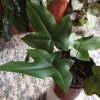
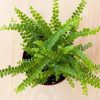
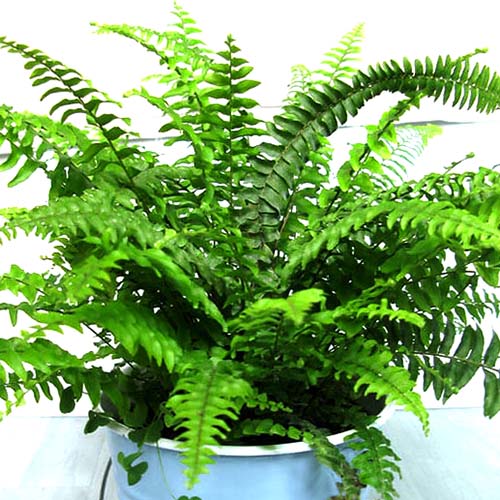
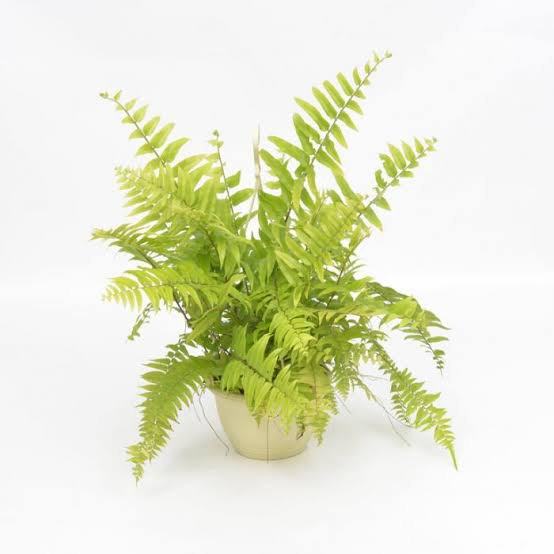
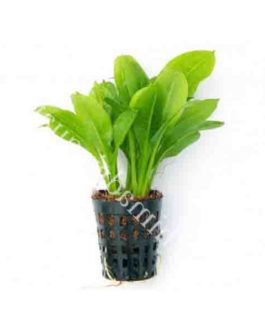

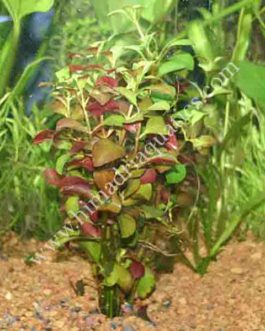
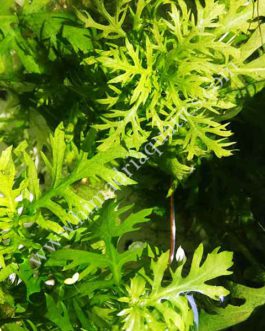
Reviews
There are no reviews yet.